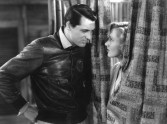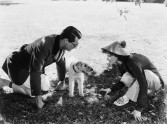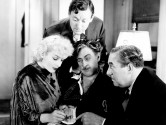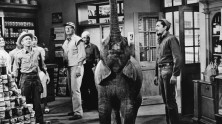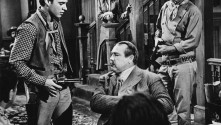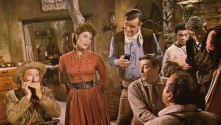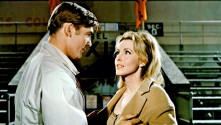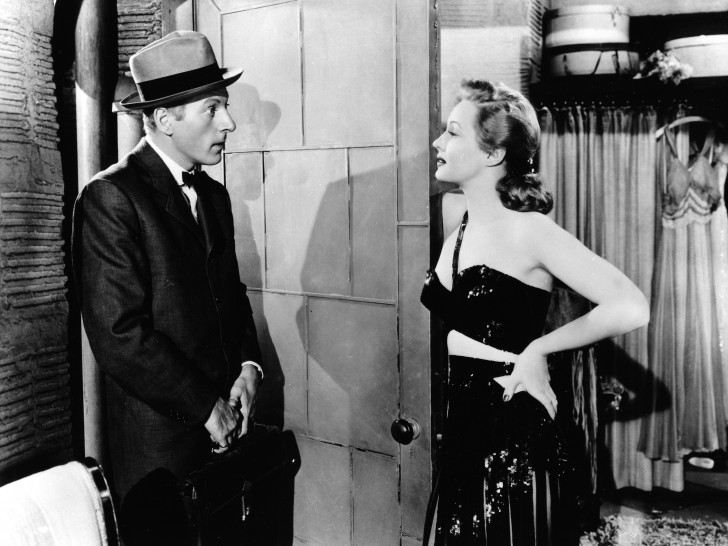
Looking for another vehicle for Danny Kaye, who was on a roll, Sam Goldwyn wanted Hawks to remake Ball of Fire, though it was a mere five years old. In this second, Technicolor iteration, the group of bachelor professors are at work on an exhaustive encyclopedia of music. Kaye plays Hobart Frisbee, the intellectual naïf who falls for Virginia Mayo’s interloping nightclub chanteuse with mob connections. The appearance of multitalented duo Buck and Bubbles—similar to their roles in William Keighley’s Varsity Show (1937)—livens up the professors’ stodgy studies; Frisbee is transformed by their jazzy renditions of classical music, and his explorations into these unfamiliar rhythms comprise some of the movie’s most entertaining scenes. Unlike his relationship to the leads, Hawks was as charmed as contemporary viewers will be by the impressive line-up of jazz greats—including Benny Goodman, Louis Armstrong, Tommy Dorsey and Lionel Hampton—who form a striking ensemble of black and white musicians performing together. For a Hollywood picture in 1948, depicting the lead character so out of place and out of touch when entering a lively, packed jazz club seems revolutionary, a momentary vision of an industry unprejudiced.
Part of film series
Screenings from this program
Gentlemen Prefer Blondes

His Girl Friday

The Big Sleep (pre-release version)

A Girl in Every Port

The Cradle Snatchers / Paid to Love

Fazil

Fig Leaves

Man's Favorite Sport?

The Crowd Roars

Today We Live


